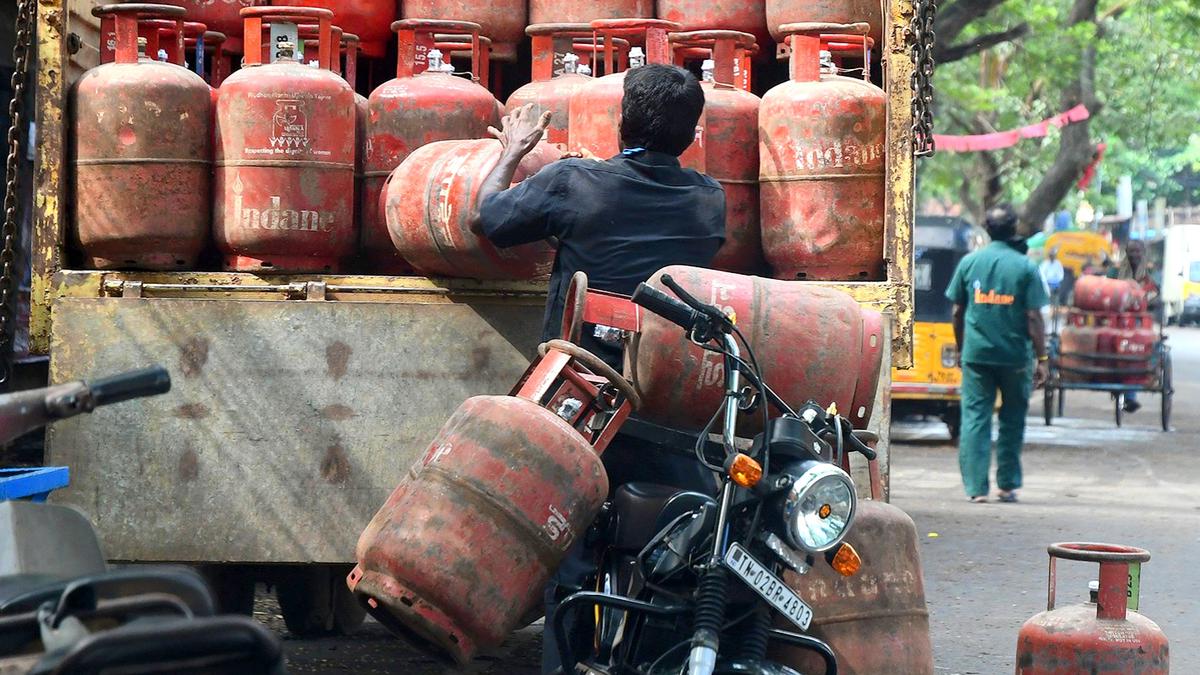
Centre hikes LPG subsidy for Ujjwala beneficiaries to ₹300 per cylinder
The Hindu
Govt increases cooking gas subsidy to ₹300/unit for poor households. In Aug, price was reduced by ₹200 to rein in inflation before elections. Govt estimated to spend ₹11,600cr on subsidy this fiscal year. High inflation & LPG prices globally have surged 300% since April 2020.
The Centre has increased subsidy for cooking gas cylinders for poor to ₹300 per unit from ₹200 announced in August, Information Minister Anurag Thakur said on Wednesday.
In August, the government reduced the price by ₹200 on a 14.2-kg cooking gas cylinder sold to 330 million households to rein in inflation ahead of crucial State and general elections.
It was not immediately clear how much the government will have to spend for the enhanced subsidy on cooking gas. The government was previously estimated to spend about ₹11,600 crore towards cooking gas subsidy in the current fiscal year that ends on March 31.
High inflation and the price of liquefied petroleum gas (LPG) are key issues for Prime Minister Narendra Modi-led government ahead of elections in five States in the coming months and national elections in mid-2024.
India imports about 60% of its liquefied petroleum gas requirement, and LPG prices globally have surged over 300% since April 2020.

The Union Budget unveiled on February 1, 2025, has come at a time of unprecedented global uncertainty and a flagging domestic economy. The real GDP growth is estimated at 6.4% for 2024-25 and between 6.3-6.8% for 2025-26, a far cry from >8 percent growth required annually to make India a developed nation by 2047. While much attention has been devoted to the demand stimulus through income tax cuts, not enough is said about the proposed reforms in urban development, tariff rationalisation, and regulatory simplification aimed at making Indian cities and corporates more competitive. Since the majority of economic activity is located in cities (urban areas account for ~55% of GDP) and produced by large corporates (~40% of the national output and 55% of India’s exports), the above-mentioned reforms have a pivotal role in improving India’s trend growth rate. Below we unpack each reform.












